An ancient Greek city in modern-day Turkey was home to an incredible tomb.
The mausoleum was such an incredible construction that it earned a spot in Antipater of Sidon’s list of 7 wonders of the ancient world.
In this post, you’ll discover the ultimate list of facts about the Mausoleum at Halicarnassus.
1. What was the Mausoleum of Halicarnassus?
Halicarnassus was an ancient Greek city, located in what is today the modern city of Bodrum, Turkey.
Halicarnassus was located in the South-East of modern-day Turkey and had a special history. Even though it was an ancient Greek city, it remained also loyal to the Persians and even was part of the Persian Empire the moment the mausoleum was built.
This was until Alexander the Great conquered Halicarnassus in 334 B.C. “Siege of Halicarnassus.”
The Mausoleum at Halicarnassus was built around 353-350 B.C. for Mausolus, a Satrap (governor of a province serving as the viceroy to the king) in the Persian Empire.
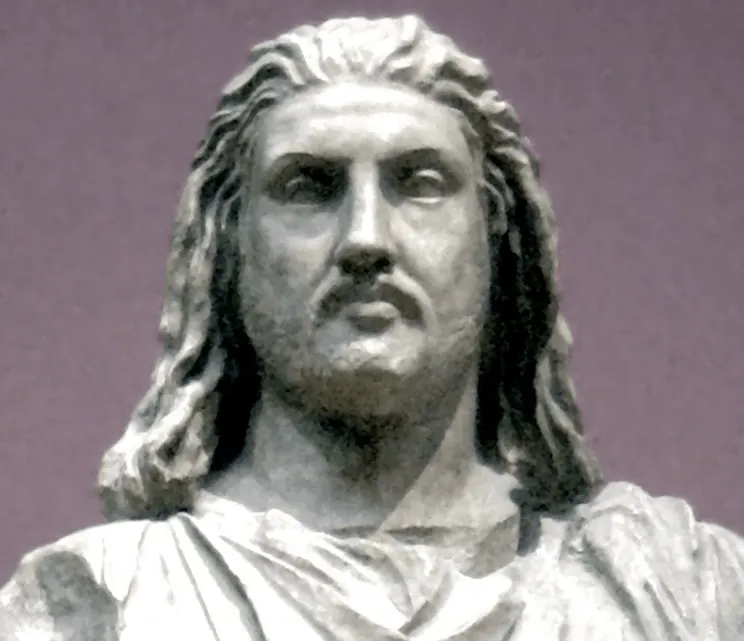
2. Why was the Mausoleum at Halicarnassus built?
Mausolus wasn’t just a satrap in the Persian Empire, he also had the status of king or dynast of the region he ruled, Caria, of which Halicarnassus was the capital.
He ruled over the region for 24, together with his sister, Artemisia II of Caria, who would also become his wife. And yes, in those days, marrying your own sister wasn’t really frowned upon.
When Masusolus died in the year 353 B.C., his sister-wife was so heartbroken that she decided to build the most amazing tomb ever constructed to honor her late brother-husband.
Construction started shortly after his death, and, likely, Artemisia never saw the finished project as she died merely 2 years later.

3. How did the Mausoleum at Halicarnassus look like?
The Mausoleum was built on a hill overlooking the city of Halicarnassus. It sat on a huge base that elevated it, making it stand about 45 meters (148 ft) tall.
The tomb itself was located in an enclosed courtyard with a massive stairway flanked by stone lions leading up to it.
On top of the mausoleum, there was an area flanked by 36 columns, each having a statue of gods and goddesses in between them.
The base itself had a huge number of bas-reliefs depicting scenes of battles. These include the battle of the centaurs with the Lapiths, and Greeks in battle with the Amazons, a group of warrior women.
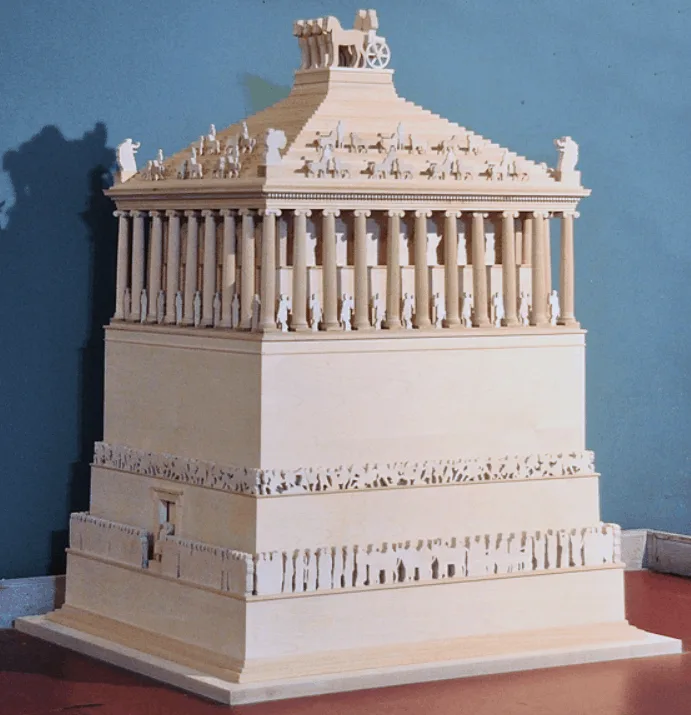
4. How was the Mausoleum at Halicarnassus destroyed?
There isn’t an exact answer to the question of how the Mausoleum was eventually ruined. The most logical conclusion is that it was destroyed by an earthquake.
Eustathius of Thessalonica wrote in the 12th century in a commentary on the Illiad that the mausoleum “was and is a wonder“, which would imply that it still existed in this period.
When the Knights of St John of Jerusalem arrived in 1402, it was already destroyed.
So the logical conclusion would be that it was destroyed somewhere between the 12th century and 1402 by a massive earthquake.
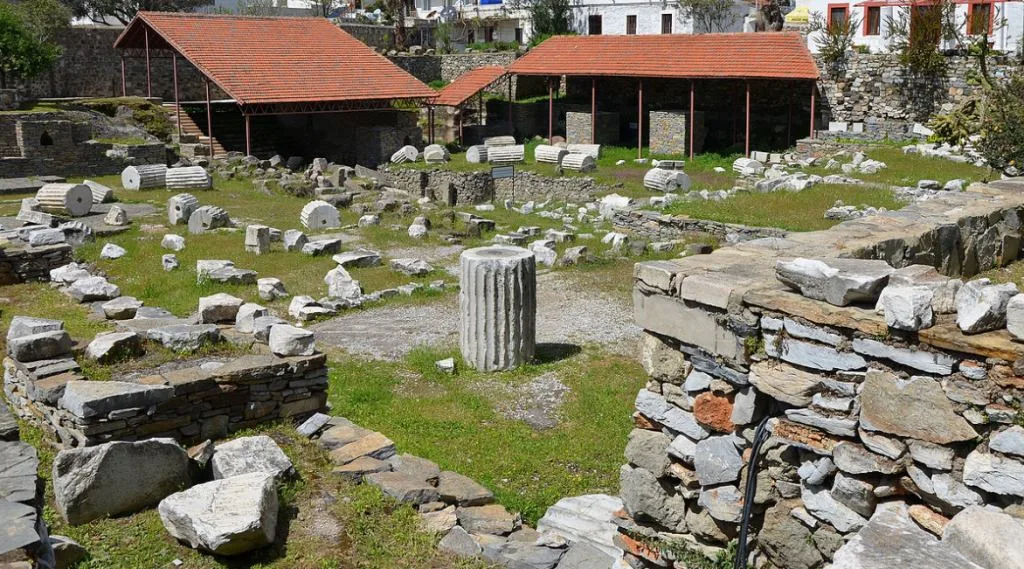
5. What happened to the Mausoleum at Halicarnassus after it was destroyed?
By the time it was supposedly destroyed by an earthquake, the mausoleum had watched over the city of Halicarnassus for 16 centuries.
In 1402, the Knights of St. John invaded the region and built the Castle of Bodrum. In 1494 they decided to fortify it and actually used stones from the Mausoleum to do this.
This means that parts of the Mausoleum at Halicarnassus are now incorporated into the still existing Bodrum Castle.

6. How was the Mausoleum at Halicarnassus discovered?
In 1852, the British Museum sent out British archeologist Charles Thomas Newton to find the ruins of the Mausoleum at Halicarnassus.
It wasn’t an easy job for sure as he didn’t know the exact location to start his search. So he studied ancient mentions of the mausoleum, including those of Pliny the Elder, to determine the best location to start digging.
His strategy was to buy a piece of land where he was most likely to discover parts of the structure, and dig tunnels underneath the surrounding lots.
When he finally discovered the corners of the foundation, he bought the pieces of land needed to complete the entire excavation.
The result was the discovery of multiple reliefs and statues, including a broken stone chariot wheel of about 2 meters (6 ft 7 in) in diameter that stood on the Mausoleum’s roof, and two statues of Mausolus and Artemisia II themselves.
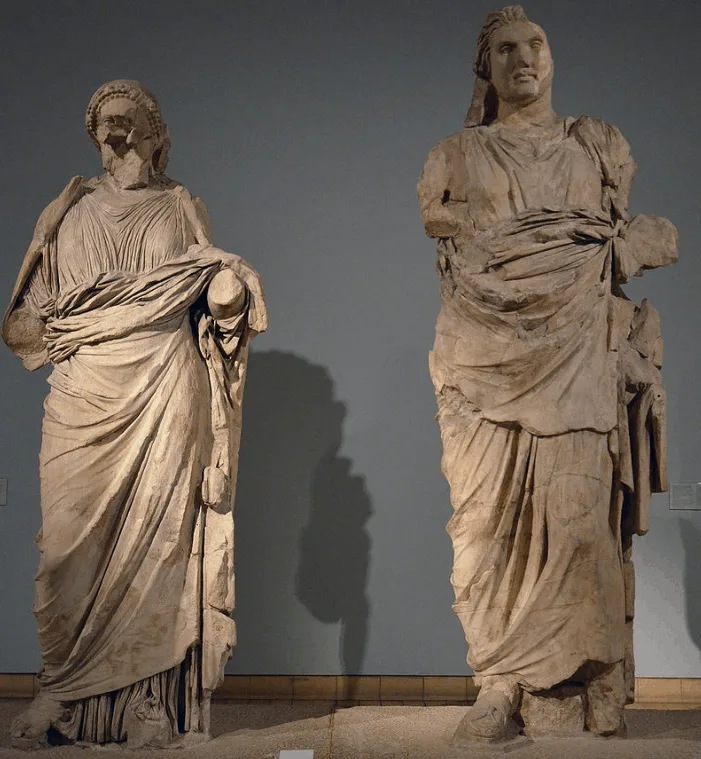
More interesting facts about the Mausoleum at Halicarnassus
7. The Mausoleum at Halicarnassus is sometimes also simply referred to as “The Tomb of Mausolus.”
8. Artemisia II not only hired the best architects in all of Greece to build the mausoleum, Satyrus, and Pythius of Priene, but she also sent out hundreds of messengers to find the best artists of the time to help with decorating the mausoleum.
9. Pythius of Priene, one of the architects of the Mausoleum at Halicarnassus, was also in charge of the construction of the Temple of Athena Polias in Priene which was constructed in the Ionic style.

10. The Mausoleum at Halicarnassus was the last remaining of the 6 monuments of 7 wonders of the ancient world that were eventually destroyed. The only remaining monument, which is remarkably also the oldest, is the Great Pyramid of Giza.
11. When the Romans ruled over the area, they were so impressed by the Mausoleum that they named all their own tombs “Mausolea.” That’s also the reason we still use the word today to describe a grave that is located above ground. To give an example, we refer to the Taj Mahal as a mausoleum.
12. The statues of Mausolus and his sister-wife Artemisia II were part of a much larger statue that was located on top of the roof of the Mausoleum. It depicted them in a massive stone chariot being pulled by 4 horses.

13. The 4 sculptors that were hired to create the statues and reliefs that decorated the mausoleum were Leochares, Bryaxis, Scopas of Paros, and Timotheus. Remarkably enough they were actually competitors as well and probably earned a great commission for their work.
14. Even though Halicarnassus was the capital of Caria, a small regional kingdom within the Achaemenid Empire (The First Persian Empire), Mausolus not only spoke Greek but also founded many cities of Greek design in his region. He generally embraced the Hellenic culture and admired the Greek way of life and the way of government.
15. Even though the city of Halicarnassus was invaded multiple times, it was always kept intact by the invaders. This includes the siege of Halicarnassus by Alexander the Great in 334 B.C., attacks by pirates in 62 and 58 B.C., and the Romans, who even named their own tombs Mausolea.
16. Artemisia II’s reign only lasted 2 years and was welcomed with considerable opposition. Some of the Greek islands and coastal cities rejected the idea of having a female ruler.

17. Artemisia II’s extraordinary grief took weird proportions. She is believed to have been pouring his ashes in her drinks, and slowly succumbed to her loss leading to her own demise. In the words of Italian poet Giovanni Boccaccio she is:
A lasting example of chaste widowhood and of the purest and rarest kind of love
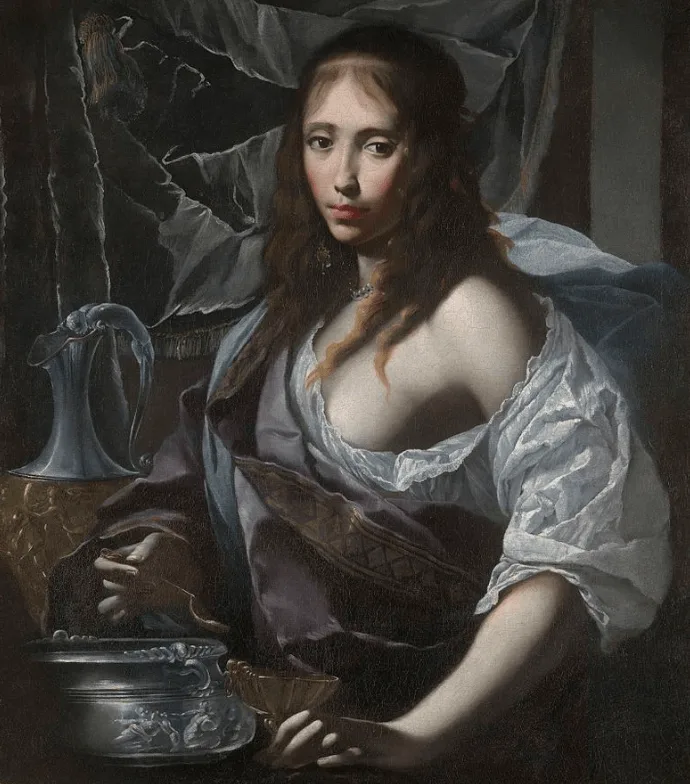
18. Along with the statues of Masolus and Artemisia II, which belonged to the chariot located on top of the Mausoleum, few others have been found. The mausoleum had about 20 statues of lions, of which one has been found that is fairly intact and on display in the British Museum.
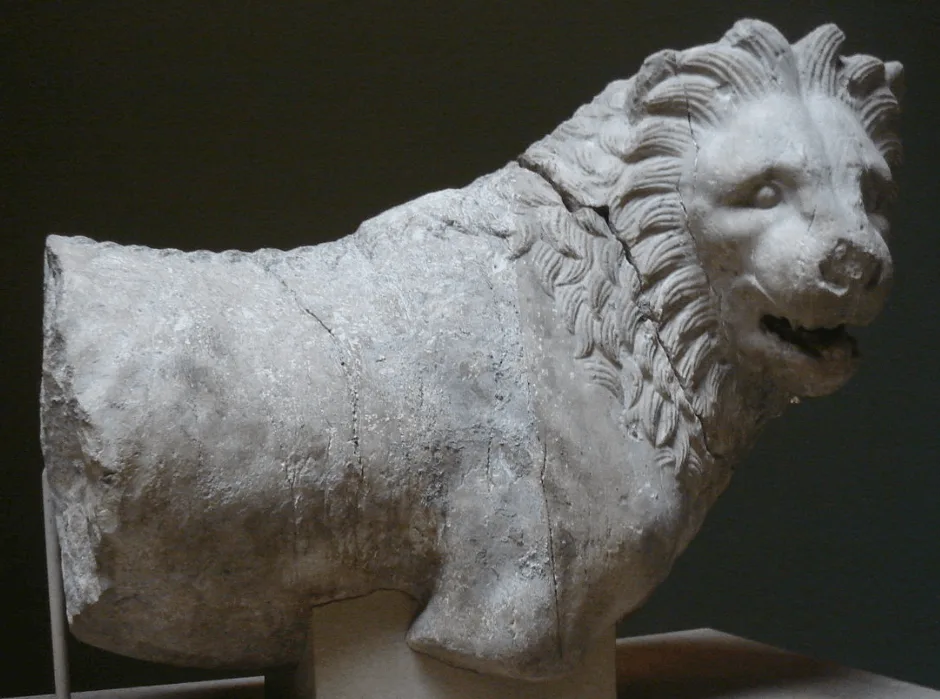
19. There is a story that the Knights who were doing the fortifications found the chamber containing the tomb of Mausolus and Artemisia II. They took a short break and returned to the chamber the day after, only to find out that the chamber was completely plundered.
Even the bodies were removed. A logical explanation is probably that the chamber had been plundered a long time ago by graverobbers that dug tunnels, and the bodies weren’t actually buried in the tomb but cremated.
20. The Mausoleum at Halicarnassus is one of the very few constructions in ancient Greek history that contains statues of people and animals instead of depicting the Greek Gods.
21. The beauty of the Mausoleum of Halicarnassus, and the reason why it earned a spot in the list of 7 wonders of the ancient world, wasn’t because of its structural design. It’s mainly because of its decorations that covered the entire tomb and were made by the best sculptors and artists of those days.

22. The Bodrum Castle still exists, and some of the marble blocks and stones from the Mausoleum of Halicarnassus that were used to build it can still be seen in its walls.



